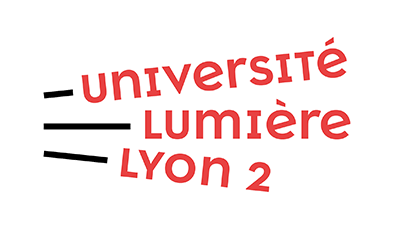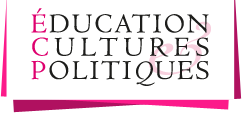The originality of axis 3, Art and Culture Policy in Education, in the field of education and training sciences, is its inclusion in the more specific field of artistic education. This positioning responds advantageously to the implementation at the European level of Artistic and Cultural Education (EAC) in the programs of compulsory education, with increasing demands for training and dissemination of research from educational and cultural institutions. Art education, in its history, has always implied a double dimension: education in the arts, in artistic disciplines, education through the arts and aesthetic experience. The works of the third axis follow this double dimension by being declined according to three principal fields:
The first concerns the "objects" involved by the CAE. The question of the "contents", the "objects" of teaching, or even more broadly of the "games" in artistic and cultural education, is raised here. This question implies on the one hand a conceptual work on the linguistic foundations of art in education, by questioning the definitions of the artistic contents, their values, their relations to the subjects and to childhood, as well as the criticism of the processes, the conditions and the modalities which guide these definitions. On the other hand, it is inscribed about representations and practices. Two fields are thus concerned:
- The analysis of social practices of the arts in the dimensions of creation, notably those known as "of reference" at the level of artistic work, of transmission and mediations with various modalities of legitimization of the reception.
- Conceptual research: the philosophy of art and artistic languages, axiologies of the arts and artistic teachings, critical perspectives on thoughts about/by art, phenomenological perspectives on aesthetic and artistic experience, the question of childhood in the Lyotardian sense.
The second has to do with the practices of these "objects" on the educational ground. This field concerns the practices of the educational actors (teachers, trainers, mediators, pupils or public) and the institutional devices (by including texts, resources). It is a question of working in particular on "professional knots", by this term we mean elements or situations that are emblematic of the problems (theoretical-practical) posed to the actors of the EAC, but also emblematic of their capacities to find solutions. Two main fields are concerned:
- The tension felt by several teachers (School Professors) between the artistic space, with its particular modes of questioning, thinking/sensitivity, and evaluation, and that of the "school form". The current theme of the seminar on "authorizing oneself to teach the arts" is found here.
- The analysis of procedures and devices by which teachers (schoolteachers, specialized teachers) set up EAC devices by resolving this previous tension.
The third concerns the question of teacher training in the field of the ABC, especially for schoolteachers. This field is based on the two previous ones and has an essentially applicative aim. Two fields are concerned:
- The resources (analysis, implementation, research-action), especially digital, available to teachers for the EAC.
- The conditions and positioning of the EAC in the construction of a professional identity for teachers in training.



